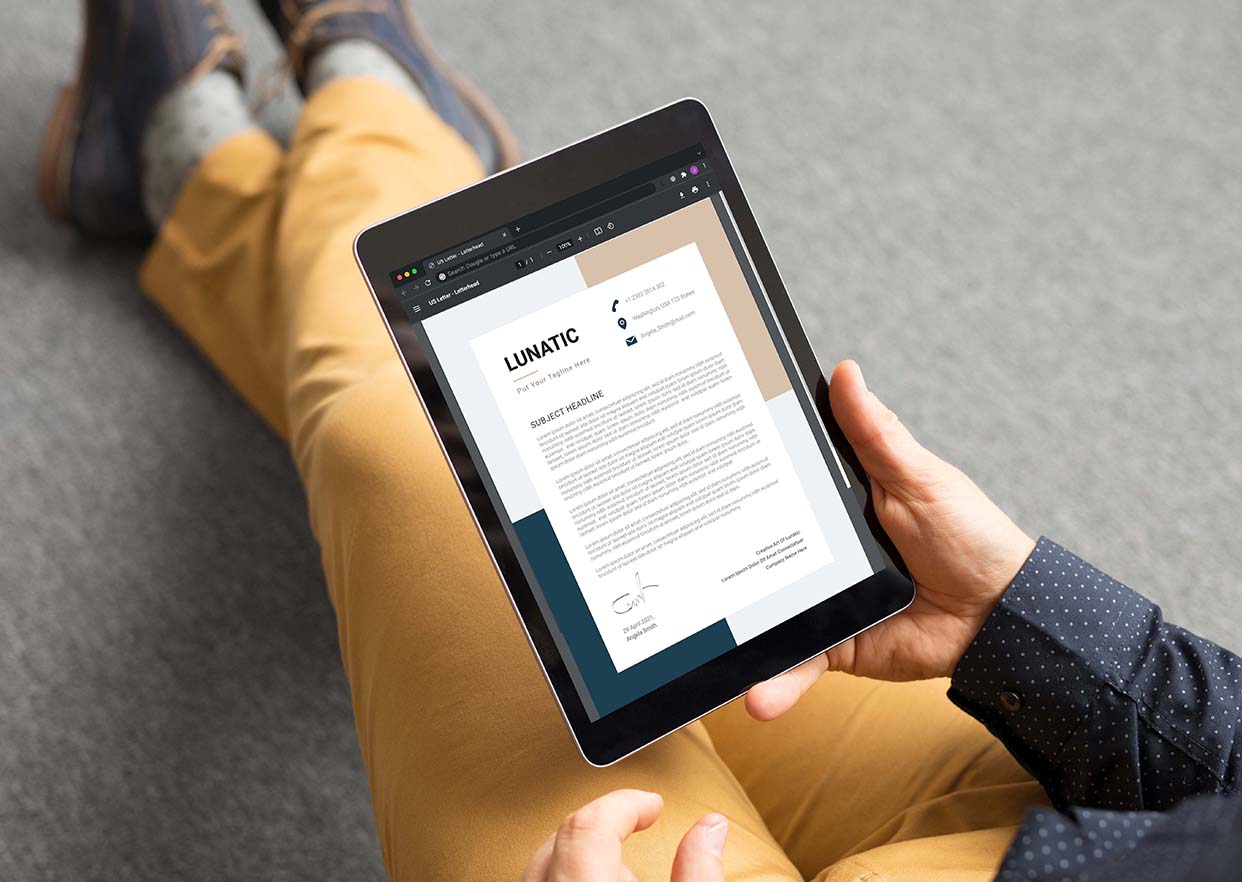Why Print Still Matters to Millenials
Despite long-standing preconceptions, the Global Print 2025 study shows that the millennial generation values a more tangible, paper-centric workplace. Why should corporations care? Millennials currently form the single largest generational group in the U.S. and are expected to make up 75% of the U.S. workforce by 2025. Known for driving the consumer landscape to be greener and more digitally inclined, it can be surprising to hear that they still have a powerful attachment to paper and the information it holds.
Print Still Important
Contrary to popular belief, millennials continue to place a high value on paper documents in the business environment. In fact, according to Quocirca, 77% of millennial decision-makers believe that print will still be important in 2025 and more than half expect office print volumes will actually increase over that timeframe. By comparison, just 54% of those aged 45-54 believe print will still be of major importance in 2025.
This trend is evident in their personal lives as well. For example, millennials are known for their love of reading paper books and printed magazines. As noted in Folio, “It’s a welcome break from the sensory overload of the digital experience. Magazines tell stories in ways that digital simply can’t, in pictures and in words…There is something about the tactile experience of flipping through those pages that can’t be matched online. We don’t save and revere on-screen images the way we do with
print.”
Integrity and Trust
If it’s printed, it must be true. Research also indicates that millennials place a higher level of trust in printed documents than digital. According to the Global Print 2025 study, 69% of millennials believe that important documents should be printed and 63% consider printed documents to be more durable than a digital equivalent. A YPulse survey came to a similar conclusion regarding news sources. Of millennials responding to the survey, 69% report that they “usually” or “always” trust magazines while only 34% trust social media. Clearly, millennials are not dismissive of print. Quite the contrary. In the millennial mind, the permanence and tangibility of the printed medium are seen as a hedge against the ever-present risk of “fake news” in the digital realm.
Environmental Awareness
Millennial consumers are also drawn to brands that reflect their personal values. An online study done by A.T. Kearney and NPD Group found that 47% of millennials value a product that is inherently sustainable when purchasing a product.
Ironically, electronic communication isn’t necessarily more environmentally friendly than print and paper. In fact, it is estimated that 7 million metric tons of e-waste are generated each year globally and the amount is still growing rapidly. (Two Sides) While “going paperless” sounds good in theory, it actually hinders sustainable forest management for wood fiber.
By promoting sustainable forest management policies across the globe, paper manufacturers are able to maintain a dependable market for wood fiber and avoid selling forestland to developers for non-sustainable uses. According to Two Sides, “The demand for sustainably sourced paper and paper-based packaging creates a powerful financial incentive for landowners not only to manage and harvest their land responsibly, but also to keep it forested rather than converting it to non-forest uses, one of the real documented causes of forest loss.”
In a digital world, paper and print continue to be highly effective and can be a sustainable way to communicate when produced and used responsibly.
Tips for Communicating in a Digital Realm
Influenced by social media, the economy and the environment, the millennial generation is transforming the way corporations do business. While digital communication is at the forefront of organizations’ minds, it’s important to remember that millennials still value the permanence, authenticity and tactile experience offered by printed communication. To help make your branded corporate stationery a tangible experience they will remember, consider these print trends and how they can set your brand apart.
White Space: It’s all about balance. White space increases readability and reminds us that simple designs are effective. Clean, modern designs communicate how effectively you work while the easy-to-read text enhances the recipient’s memory of what you offer.
Paper Stocks: Double-thick stocks are becoming popular for companies looking for something to set them apart. Heavier weights give off an instant impression of quality that will hold up over a long period of time. Vibrant colors can also be utilized to catch the eye and make your card something to look at twice.
Soft Touch: Velvety soft touch paper or UV coatings can be applied to your stationery to create a look of elegance and sophistication that begs to be touched and read.








.jpg)
.jpg)
